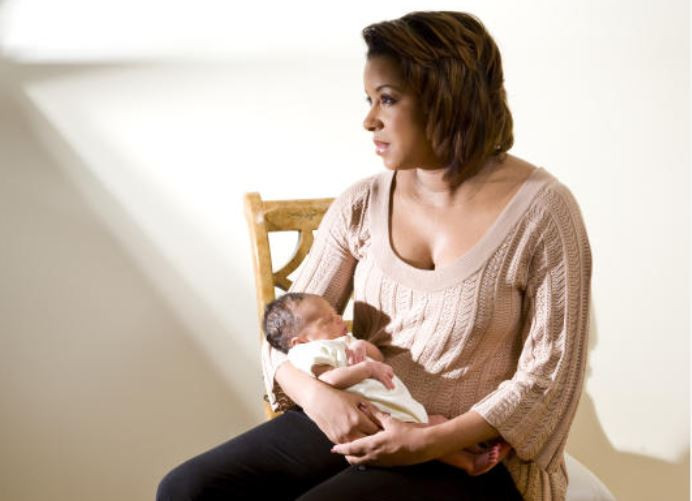
I have never used a condom. I was told that pleasure is not the same. So I always tell the person I am with that I am allergic to latex, says a 17-year-old boy who started having sex at 14 years old.
The rise of HIV infections among adolescents is slowly getting out of hand as stakeholders try to find better ways to address the problem.
The reality is that adolescents are having sex and it’s not a matter of abstinence anymore but finding better ways to prevent infections and unwanted pregnancy.
Age-appropriate Comprehensive Sexuality Education (CSE) is one way to curb the vice. However, the programme has met a lot of obstacles from some parents and religious leaders.
“CSE strengthens young people’s analytical, communication, and life skills for health and well-being in the areas of sexuality and building healthy and respectful relationships,” said Straight Talk Foundation head of partnerships Martha Kombe.
She said the government supports sexuality education, but education-sector policies have primarily pushed an abstinence-only strategy. This has resulted in a lack of comprehensiveness in the variety of topics covered in secondary school.
Today being World Condom Day, special emphasis is put on the correct usage of the rubber.
Other than providing 95 per cent protection for HIV, STIs and unwanted pregnancy, condoms are the simplest and most affordable protection available. Estimates from the National Aids Control Council confirm that two in every five new HIV infections are among youth aged between 15-24 years, representing 42 per cent.
Stacy (not her real name), an 18-year-old woman from Kawangware, says she is scared of initiating a condom conversation with her boyfriend.
“I tried once and he told me I don’t trust him and that he would leave me. I just forgot about that conversation. I am scared of using other forms of contraceptives because I’m afraid I will become fat or lower my sex drive,” she says.

According to Unicef, in 2020, about 1.75 million adolescents between the ages of 10 and 19 were living with HIV worldwide.
Adolescents account for about five per cent of all people living with HIV and about 11 per cent of new adult HIV infections.
Faith Akinyi, 19, is a mentor and member of Y Plus Kenya. She says the biggest problem is society refusing to accept that young people are sexually active.
“As much as parents are against the teaching of age-appropriate Comprehensive Sexuality Education, adolescents themselves are skeptical about using condoms for protection. They would rather prevent pregnancy than STIs and HIV,” Akinyi says.
She adds that another challenge lies in going to a health centre to get information on family planning. The majority of youth fear judgement and stigma.
“There are myths as well, and a lot of sensitisation is needed. The other day, I was told some girls believe if they pour soda inside their vaginas after sex they will not get pregnant,” she said.
In Kenya, condom usage is still below the global target.
“The target is 40 condoms per man per year. However, in Kenya, the distribution is 14 condoms per man per year,” Joab Khasewa, prevention officer at the National Aids Control Council, said during a media training on Thursday.
Khasewa said 190 million condoms were distributed in 2020 compared to the targeted 424 million condoms.
Condom negotiation
Doreen Moraa, a 29-year-old person living with HIV, says everybody is HIV positive until they get tested.
“Some young people believe in the mantra ‘Good vibes and Inshallah’ and assume their partner is negative. Your health is your responsibility. Don’t have sex if you and your partner have not been tested and they refuse to use a condom,” she said.
Moraa, who uses her social media platforms to educate the masses about HIV, says people are still too trusting and do not want to use condoms.
“There are those who say, ‘But they did not look like they have HIV’. Nobody looks like they have HIV. In case you have had sex without a condom and you have your fears, use PEP,” she adds.
PEP (post-exposure prophylaxis) treatment involves taking medicine to prevent HIV after possible exposure. It should be taken within 72 hours of possible exposure. However, it is more effective if taken within 24 hours of possible exposure.
The use of condoms also prevents STIs, but most young people do not know much about the infections.
“Among Kenyan adolescents aged between 15-19, only one per cent of girls and 0.3 per cent of boys self-reported an STI,” says Kombe.
She adds the estimates are likely to be misreported due to a lack of knowledge of common symptoms of these conditions as well as routine clinical monitoring of STIs, especially among young people.
Nicole Ondisa, a 23-year-old commercial sex worker, says in her line of duty, there are men who will insist on not using a condom, and some might even use force.
Kenya Sex Workers Alliance (Keswa) advocates for safe, consistent, and correct condom usage.
 The Standard Group Plc is a multi-media organization with investments in media platforms spanning newspaper print
operations, television, radio broadcasting, digital and online services. The Standard Group is recognized as a
leading multi-media house in Kenya with a key influence in matters of national and international interest.
The Standard Group Plc is a multi-media organization with investments in media platforms spanning newspaper print
operations, television, radio broadcasting, digital and online services. The Standard Group is recognized as a
leading multi-media house in Kenya with a key influence in matters of national and international interest.










